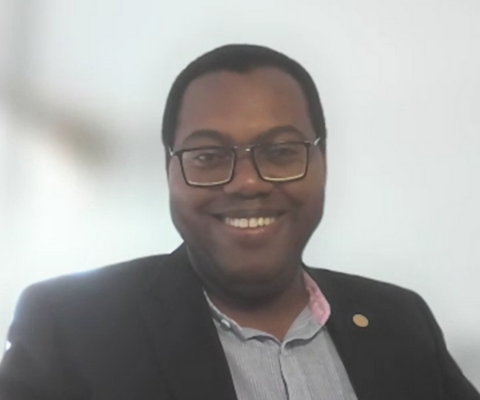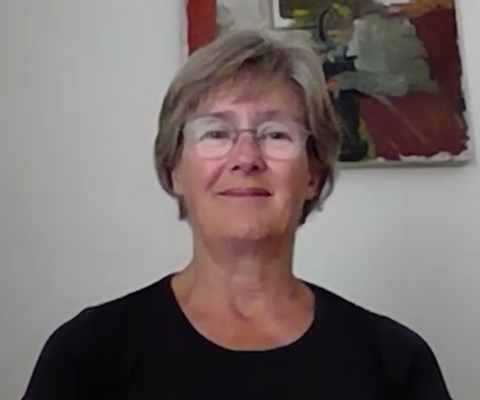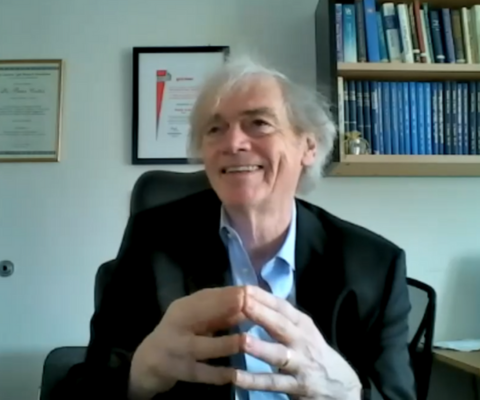IDeA Canada competition: Nonvisual Digital Auditory Map
Brandon Biggs: My name is Brandon Biggs and I studied at OCAD University in the Inclusive Design Program.
[Music]
Text on screen: [Innovative Designs for Accessibility logo. Tell us about your project.]
Brandon Biggs: Currently, there are no maps that you can view online that are not visual. This basically means that there are about 285 million people in the world who cannot use the existing maps that you get from Google Maps or Open Street Map. So I built a viewer that could take the information behind the Google Map widget that is seen visually and presented that information in audio. Being somebody with a visual impairment means that I understand the problem that I’m wanting to solve for me specifically. I was able to interview people and ask people to build their own designs. I was able to understand what they were going through and was able to get them to design a solution that would work for them. The feedback that I got from those users will be used in my next prototypes.
[Music]
Text on screen: [Innovative Designs for Accessibility logo]
Brandon Biggs, a former OCAD University student and winner of the 2019 Innovative Designs for Accessibility (IDeA) competition, discusses his winning project, the Nonvisual Digital Auditory Map, and how it’s helping improve the online experience for people living with visual impairments in Canada.
This video is also available in Described Video.




